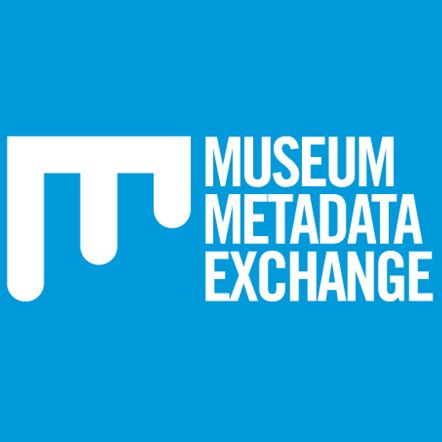Brief description
The CSIRAC Computer collection consists of over 300 objects, over 300 images and over 1000 documents relating to the CSIRAC computer. The archival material collected when CSIRAC was decommissioned by the University in 1964, contains material documenting the computer from its conception in the late 1940s to its decommissioning in 1964. It consists of nine folders, 18 Archive boxes and one large box of paper tapes.Full description
The CSIRAC Computer collection consists of over 320 objects, over 340 images and over 1100 documents relating to the CSIRAC computer.CSIRAC, designed and built in Australia, was the first stored-memory electronic computer in Australia. Its first home was CSIR (after 1949 called CSIRO) Radiophysics Laboratory in Sydney. The first program was run in 1949 and the machine was in full operation by 1951. It embodied many features novel at the time and was able to operate more than 1000 times faster than the best mechanical calculators. In 1955 the computer was transferred to the University of Melbourne where it was renamed CSIRAC. It continued in operation until November 1964, when the machine was donated to the Applied Science Museum of Victoria by the University of Melbourne.The CSIRAC hardware is complete. It includes cabinets, paper tape reading, writing and editing equipment, control console, test equipment, disk drive and miscellaneous componentsThe archival material retained when CSIRAC was decommissioned by the University in 1964 was preserved. In 1996, the University established the CSIRAC History Project which resulted in the collection and cataloguing of documents, artefacts and images relating to CSIRAC.The CSIRAC Archive contains material documenting the computer from its conception in the late 1940s to its decommissioning in 1964. Consisting of nine folders, 18 Archive boxes and one large box of paper tapes, it contains:* 458 paper tape reels comprising CSIRAC's complete software library * CDs containing programs read from paper tapes * program documentation * programming manuals produced at various stages of CSIRAC's life * documents relating to courses, annual reports, plans for the Laboratory, staff information, published papers and reports, and correspondence * original photographs and footage * oral histories * engineering drawings, most of which have also been scanned * miscellaneous objects, including a metal commemorative plaque.A number of items have also been collected by the Museum.Spatial Coverage And Location
text: Sydney, New South Wales, Australia
text: Melbourne, Victoria, Australia
Subjects
1949-2010 |
CSIRAC (Computer) |
Calculating devices |
Climate Modelling |
Computer Accessories |
Computer Components |
Computer Engineering |
Computer Hardware |
Computer Programming |
Computer Software |
Computers |
Computing Technology |
Digital Computers |
First Generation Computers |
Mainframe Computers |
Paper Tapes |
Scientific Research |
Thermionic Electron Valves |
Universities |
computing |
User Contributed Tags
Login to tag this record with meaningful keywords to make it easier to discover
Identifiers
- Local : 4344
- URI : museumvictoria.com.au/collections/themes/3145/csirac-collection



